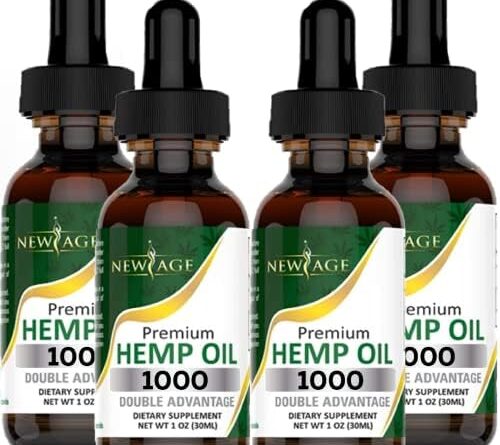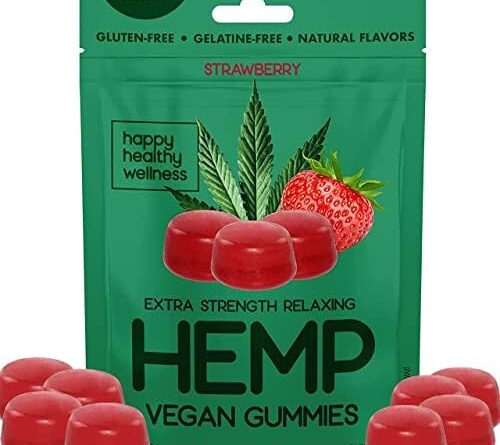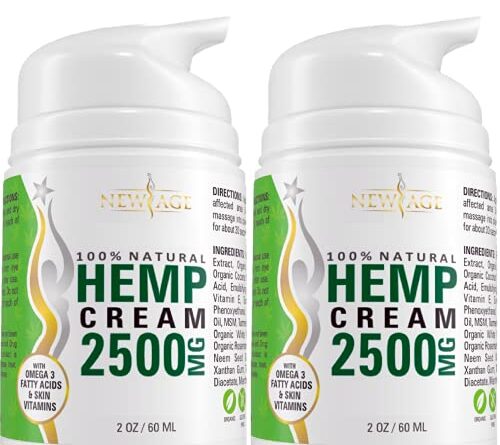

Price: $9.99
(as of Jul 15, 2023 09:35:16 UTC – Details)
A Practical Guide to Vermont’s Wild Edible Plants: A Survival Guide
Introduction to Wild Edible Plants
An astonishing variety of plants and herbs thrive in Vermont’s diverse ecosystems, making it a hotspot for botanic enthusiasts and nature lovers alike. However, these boast more than natural beauty. Embedded within the forests, pastures, and wetlands are numerous edible wild plants that not only offer unique culinary experiences but could be lifesavers in survival situations.
A practical understanding of the edible wild plants present in Vermont is an essential skill set for the survival enthusiast, nature lover, cook, or anyone appreciating the bounties of mother nature. This guide provides comprehensive information on identifying, harvesting, and preparing these easily overlooked culinary treasures.
Diversity of Wild Edible Plants in Vermont
Identifying Edible Plants
Vermont’s environment contains an assortment of wild edible plants, and understanding these diverse species can ensure safe and healthy foraging experiences. Key identifiers include leaf shape, smell, color, size, flower type, and overall plant structure. It’s also vital to consider habitat conditions like soil type, light exposure, neighboring plants, and the time of year.
Caution: Avoid dangerous look-alikes!
With some poisonous plant species closely resembling edible ones, correct identification is critical. It’s equally important to rule out plant friends with toxic, dangerous, or less delicious doppelgangers. For example, while cow parsnip is a wild edible, it’s easily mistaken for Giant Hogweed or Wild Parsnip, both of which can cause severe skin irritation.
List of Common Wild Edible Plants
There are numerous wild edible plant species you might encounter in Vermont, including:
1. Wild Leeks (Ramps)
2. Fiddleheads
3. Dandelions
4. Wood Sorrel
5. Pigweed
6. Lambsquarters
7. Cattails
8. Wild Asparagus
9. Wild Amaranth
10. Plantain
Preparations for Wild Foraging
Before embarking on a foraging journey, it’s important to equip oneself with the appropriate safety knowledge, tools, and awareness about environmental impact.
Safety Measures and Guidelines
The most important thing to remember while foraging is safety first. This includes knowing the edible plant species, understanding the risk of possible contamination, and ensuring that the plant is harvested ethically and sustainably. If you’re unsure about a plant’s identity, it’s safer to avoid it rather than risk potential harm.
Foraging Tools
Having the right tools can make your foraging journey easier and more efficient. Essential equipment includes a sharp knife for cutting stems and roots, a field guide for plant identification, sturdy gloves to protect hands from thorns and plant irritants, and a sturdy bag or basket for carrying your harvest.
Sustainable and Ethical Foraging
Just as it’s crucial to forage safely, it’s equally important to do so sustainably and ethically. Consider the plant’s role in the local ecosystem and how your actions will affect the wild community. Avoid gathering rare plants and always leave enough for the species to continue propagating.
Cooking With Wild Edible Plants
Wild edible plants can add a unique, fresh flavor to everyday meals, providing a nutritious and delightful culinary experience.
Fiddleheads
These young fern fronds have a grassy, spring-like flavor with a hint of nuttiness. They’re delicious boiled, steamed, or stir-fried, and a great addition to soups, pastas, and salads.
Wild Leeks (Ramps)
Wild leeks have a unique, strong onion/garlic flavor that can essentially replace any recipe that requires onions. They are scrumptious when grilled, pickled, or used raw in salads.
Dandelions
While often viewed as pesky weeds, every part of the dandelion is edible. The leaves add a bitter tang to salads, whereas the roots, when roasted, brewed, or added to stir-fries, contribute an earthy flavor.
Final Thoughts
With careful identification, safe practice, and responsible foraging, we can discover the gifts hidden in Vermont’s wilderness – a myriad of wild edible plants. Whether for survival, culinary exploration, or simple enjoyment of nature’s bounties, this guide aims to foster appreciation and recognition of Vermont’s edible greens. Remember, wilderness is not just a retreat from civilization, but a treasure trove brimming with culinary potential. Happy foraging!
Price: $9.99
(as of Jul 15, 2023 09:35:16 UTC – Details)







